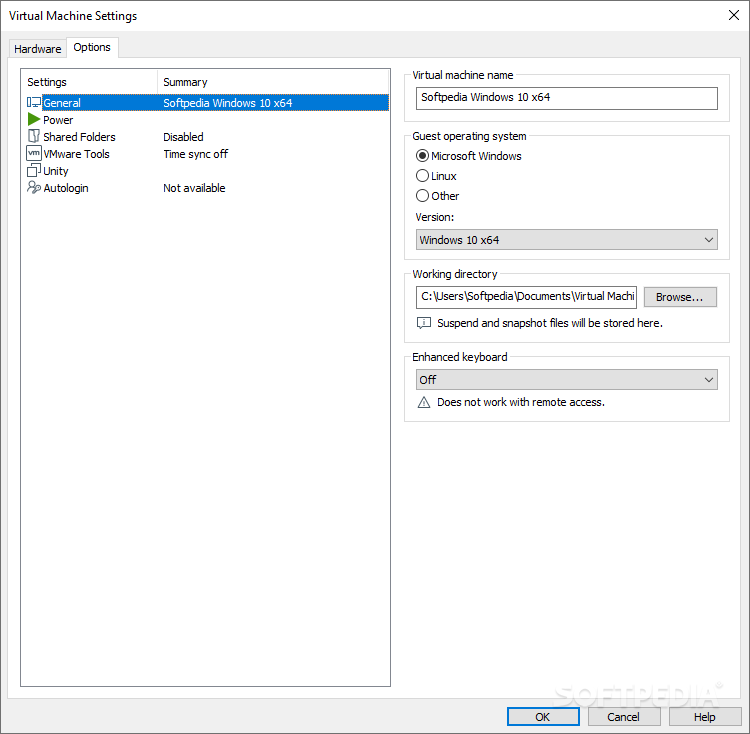

Otherwise sometimes, it is too late to press anything as the horse has already bolted from the barn. So you can adjust the time as you like to give yourself enough time to click on the VM screen and then press F2. The bios.bootDelay value is in milliseconds so 7000 is 7 seconds. The two options works regardless if it is virtual EFI or virtual BIOS. If you would like to power up to the virtual firmware (since you are using Player you don't have a Power on to firmware option), add the line The virtual BIOS also has the line "Press F2 for setup…." at the bottom The VMware logo on the EFI looks more smooth and looks more greyish than white. The VMware logo for virtual BIOS and virtual EFI look different. This will let you edit the vmx configuration file of the newly created VM after going through the wizard process. What I'd suggest you do is choose "Install operating system later" when you create the Windows 10 VM. The default is now set for "EFI" while with previous versions it was still set to "BIOS". It is the change in default in version 14.x. Virtual EFI makes things easier for recovery, you can boot off USB thumb drives with it plus some other features require virtual EFI to work (virtual TPM, secure boot). Don't know why you would want BIOS instead of EFI unless you want to experiment with the BIOS to EFI conversion tool in Windows 10.


The firmware of the host is not relevant. I assume you are using VMware Player 14.x.


 0 kommentar(er)
0 kommentar(er)
